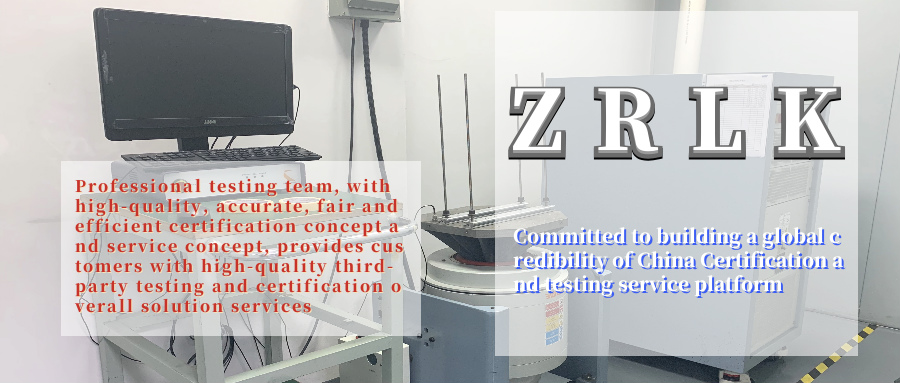
Certification introduction
VCCI is Japan's electromagnetic compatibility certification mark and is managed by the Japan Electromagnetic Interference Control Committee (Voluntary Control Council for Interference by Information Technology Equipment). VCCI certification is not mandatory, but information technology products sold in Japan are generally required to undergo VCCI certification. Manufacturers should first apply to become members of VCCI before they can use the VCCI logo. In order to obtain VCCI approval, the provided EMI test report must be issued by a VCCI registered and accredited testing agency. Japan currently has no immunity standards.
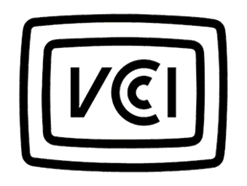
The necessity of VCCI certification
Although VCCI certification is not mandatory, it is used by many companies to prove the quality of products. Therefore, the VCCO certification is only theoretically "voluntary", and market pressure has led to its actual implementation.
VCCI certification basic information
Is it mandatory: voluntary certification
Certificate validity period: no validity period
Factory inspection requirements: no requirements
Certificate holder requirements: no requirements
Application cycle: 1-2 weeks
Technical information: voltage frequency AC 100V / 200V, 50Hz / 60Hz, plug JIS 8303
Applicable product range
VCCI certification is a voluntary certification. The applicable products are IT information technology equipment. Not all electrical and electronic products are suitable for VCCI certification.
The A-level label of the product must indicate that the product complies with the RF radiation clause, and the B-level product only needs to display the basic VCCI symbol.
1. Class A equipment: Class A limits must be met. ITE equipment except Class B.
2. Class B equipment refers to the requirements that must meet Class B limits, and is aimed at the home environment (home environment refers to the environment where it is possible to use broadcast and television receivers within 10 meters of information technology equipment, or Products called “residential environment”, including: devices used in no fixed place, such as portable devices powered by rechargeable batteries; communication terminal devices powered by communication networks; personal computers and portable word processors and peripherals connected to them Equipment; fax equipment.
application process
1. The manufacturer or agent makes an initial oral or written application to the certification company.
2. The applicant fills out the application form and sends the application form, the product instruction manual and technical documents to the certification company together, if necessary, and requires the application company to provide a prototype.
3. The certification company draws up plans and quotes.
4. The applicant confirms the quotation, signs back the quotation and sends the samples and related technical documents to the certification company.
5. The applicant provides technical documents.
6. The certification company issues a charging notice to the applicant. The applicant prepays the certification fee according to the charging notice.
7. The certification company reviews the technical documents and organizes related certification activities.
8. If the technical documents are not perfect or the prescribed language is not used, the certification company will notify the applicant to improve.
9. If the test fails, the certification company will notify the applicant in time and decide whether to suspend the project to allow the applicant to improve the product according to the situation. Applicants should modify the technical information in the original application to reflect the actual situation after the change.
10. The rectification fee certification company involved in Articles 9 and 10 of this page will issue a supplementary charge notice to the applicant.
11. The applicant shall pay the rectification fee according to the supplementary charge notice.
12. The certification company provides the applicant with a test report or technical document and VCCI compliance certificate.
13. The applicant signs the VCCI guarantee self-declaration and attaches the VCCI mark on the product VCCI product range.
Application materials
1. Application form
2. Equipment model technical manual or technical manual, schematic diagram and operating manual
3. Label

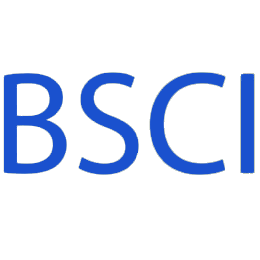
BSCI certification is an abbreviation of BusinessSocialComplianceInitiative, and Chinese is called business social standard certification. BSCI is an organization that advocates the business community to abide by social responsibility. At the same time, it is a non-profit organization.
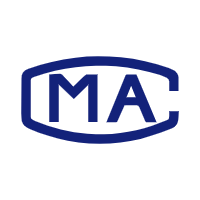
CMA, the name is \"China Metrology Accreditation\", the abbreviation of \"China Metrology Accreditation\" in English. According to the provisions of Article 22 of the Metrology Law of the People’s Republic of China: “The product quality inspection agency that provides notarized data to the society must be evaluated by the metrological administrative department of the people’s government at or above the provincial level for the capability and reliability of metrological verification and testing. Qualified.\"
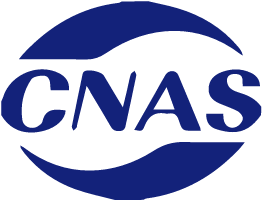
Laboratory accreditation is a third-party certification that CNAS has the ability to perform specific testing and calibration work for testing and calibration laboratories.
VCCI is Japan\'s electromagnetic compatibility certification mark and is managed by the Japan Electromagnetic Interference Control Committee (Voluntary Control Council for Interference by Information Technology Equipment). VCCI certification is not mandatory, but information technology products sold in Japan are generally required to undergo VCCI certification.
Get a quote